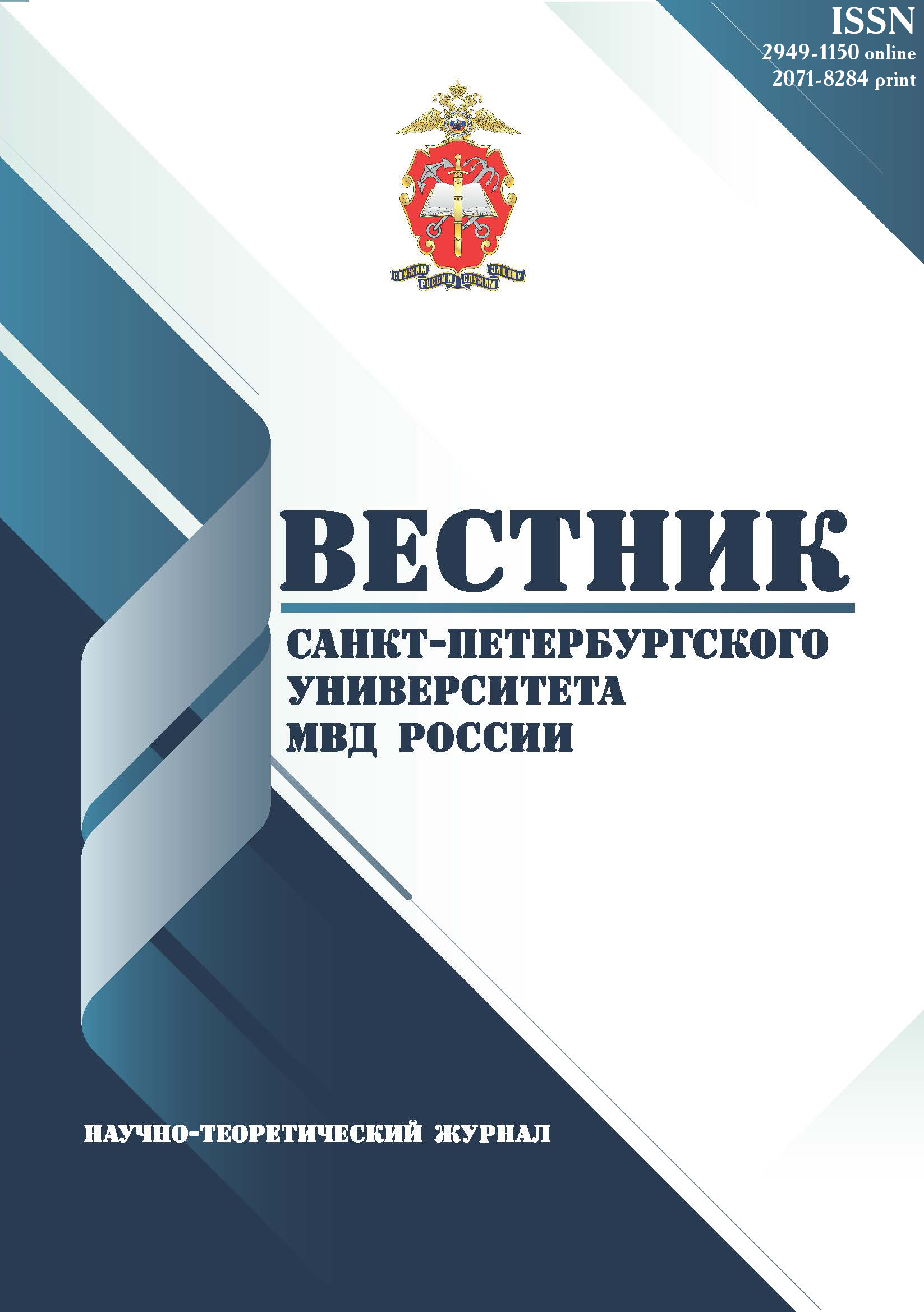Russian Federation
UDC 34
CSCSTI 10.81
Russian Classification of Professions by Education 40.05.01
Russian Classification of Professions by Education 40.05.02
Russian Library and Bibliographic Classification 6751
Russian Trade and Bibliographic Classification 758
Russian Trade and Bibliographic Classification 7587
Modern online culture is causing transformations in the most important spheres of human life, which have both positive and negative impacts. Currently, globalization and rapid growth in the number of Internet users play a significant role in shaping the worldview and socialization of the younger generation. This article reveals the problem of the spread of radical ideas of such a subcultural movement as «Columbine» (school shooting), which is one of the extreme forms of manifestation of destructive behavior. Cases of attacks on educational institutions both in Russia and abroad are considered, an assessment of the events that have taken place is given, the activities of school shooters are analyzed. The authors reveal a number of reasons and factors contributing to the involvement of minors in destructive groups, which subsequently train adherents of «Columbine» from their members. Five stages are analyzed that a potential school shooter goes through, accumulating «deformations»: chronic deformation, uncontrolled deformation, acute stress, planning stage and implementation stage. The psychological aspects of each of them are revealed in details. In the frame of the content analysis of the Internet information space the certain conclusions on the spread of the radical ideological movement «Columbine» are made. Preventive measures are considered, and some recommendations are given to improve their effectiveness.
school shooting, «Columbine», attacks in schools, mass murder, minors, deformation, destructive content
1. Goncharov L. A. «Kolumbayn» i skulshuting v strukture molodezhnogo ekstremizma i terrorizma // Vestnik Voronezhskogo instituta ekonomiki i social'nogo upravleniya. - 2019. - № 2. - C. 29-31.
2. Ivanchenko R. B., Pol'shikov A. V. Mediko-sociologicheskie, ugolovno-pravovye i kriminologicheskie aspekty ponyatiya «kriminal'nyy suicid» // Vestnik Voronezhskogo instituta MVD Rossii. - 2017. - № 4. - S. 45-51.
3. Ivanchenko R. B., Pol'shikov A. V. Sostoyanie, faktory, preduprezhdenie shkol'nogo nasiliya: ekspertnyy vzglyad // Vestnik Voronezhskogo instituta MVD Rossii. - 2015. - № 4. - S. 34-39.
4. Karpov V. O. Kul't Kolumbayna: osnovnye determinanty massovyh ubiystv v shkolah // Vestnik Kazanskogo yuridicheskogo instituta MVD Rossii. - 2018. - № 4(34). - S. 442-446.
5. Kiselev S. S. Ot ponimaniya deviantnogo povedeniya podrostka k realizacii prinuditel'nyh mer vospitatel'nogo vozdeystviya // Vestnik Voronezhskogo instituta MVD Rossii. - 2018. - № 4. - S. 183-191.
6. Malova E. O. Sovremennye realii asocial'nyh proyavleniy podrostkov v internet-prostranstve // Innovacionnoe razvitie professional'nogo obrazovaniya. - 2020. - № 2 (26). - S. 107-114.
7. Saprykin V. A. Destruktivnoe povedenie molodezhi v usloviyah informacionnoy voyny: kolumbayn-vyzovy i mery preodoleniya // Teoriya i praktika obschestvennogo razvitiya. - 2019. - № 1 (131). - S. 18-21.
8. Stashkevich I. R. Cifrovizaciya kak vyzov obrazovaniyu / Razvitie lichnosti v usloviyah cifrovoy transformacii : materialy V Mezhdunar. nauch.-prakt. konf. «Srednee professional'noe obrazovanie v informacionnom obschestve» (g. Kopeysk, 31 yanvarya 2020 g.). - Chelyabinsk : Izd-vo GBU DPO ChIRPO, 2020. - S. 18-23.
9. Ferguson C. J., Coulson M. & Barnett J. (2011). Psychological Profiles of School Shooters: Positive Directions and One Big Wrong Turn // Journal of Police Crisis Negotiations, 11 (2). - P. 141-158.
10. Levin J. & Madfis E. (2009). Mass Murder at School and Cumulative Strain A Sequential Model // American Behavioral Scientist, 52 (9), - P. 1227-1245.
11. Vossekuil B., Fein R. A., Reddy M., Borum R. & Modzeleski W. (2002). The final report and findings of the Safe School Initiative: Implications for the prevention of school attacks in the United States. Washington, D.C.: U.S. Department of Education, Office of Elementary and Secondary Education, Safe and Drug-Free Schools Program and U.S. Secret Service, National Threat Assessment Center. Retrieved from: http://www.secretservice.gov/ntac/ ssi_final_report.pdf. (accessed: 25.11.2020).














